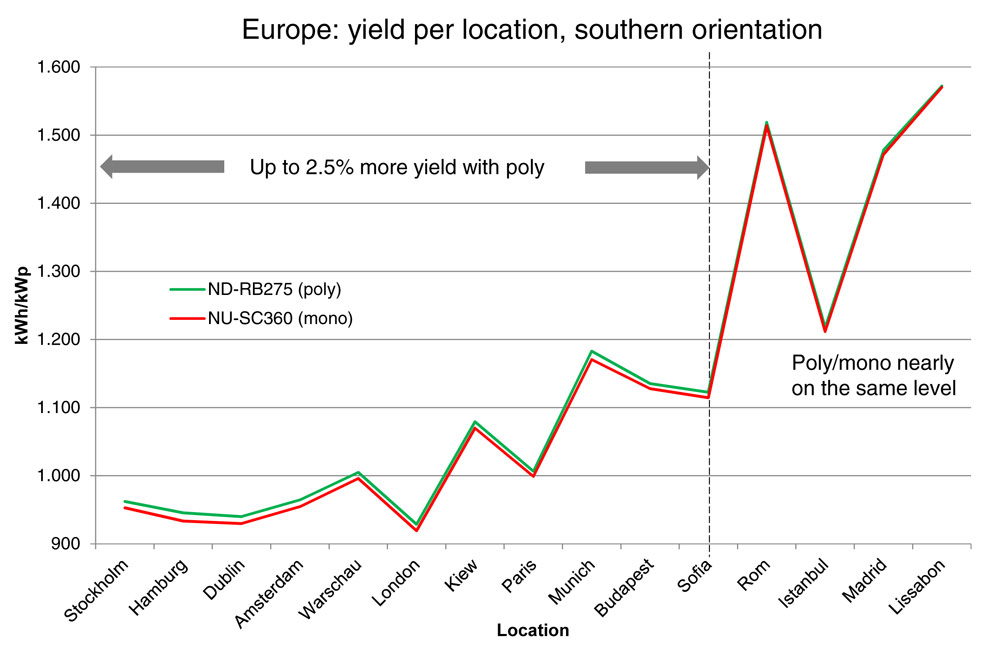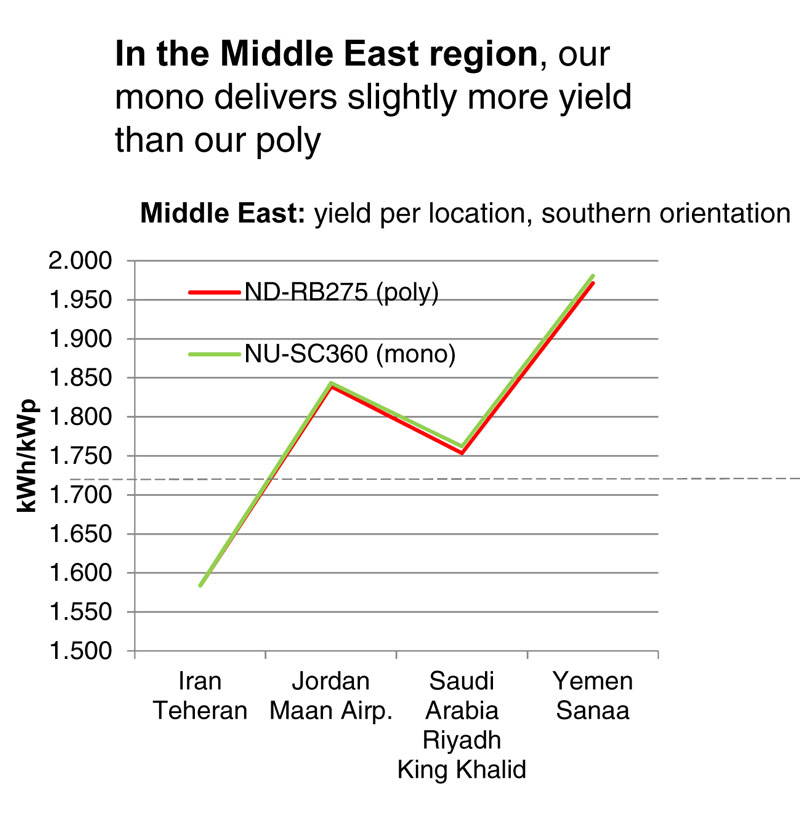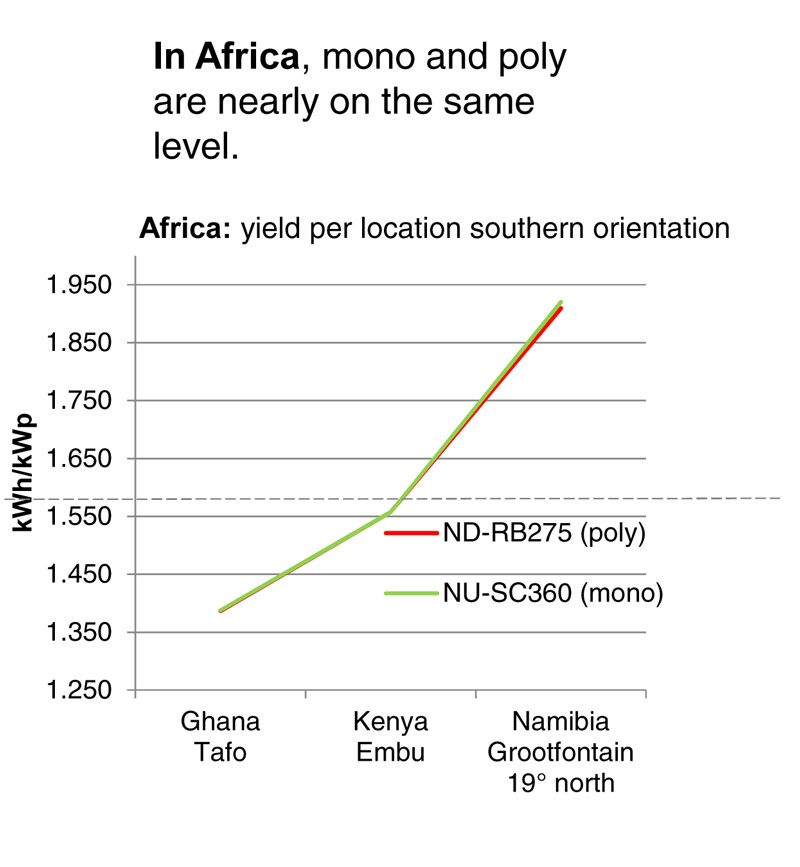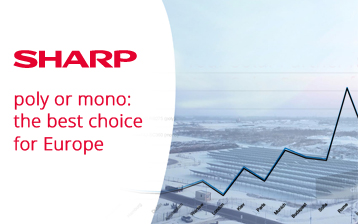The SHARP brand modules guarantee high efficiency and quality while remaining competitive on the market.
These products guarantee considerable savings both in the construction phase of the plant and in terms of return on investment.
Cost savings and rapid return on investment
To analyze the actual savings that SHARP guarantees with its products, you can go to see the values related to the ROI, for the return of the investment, and the B.O.S. on the system budget.
- B.O.S. (balance of system): it expresses the percentage of energy losses that occur in the system due to various factors such as the coupling between the photovoltaic modules, the connections, the losses in the conductors, etc.
An example is given by the leapfrog wiring, characteristic of all high-efficiency SHARP modules. This type of wiring required a minimum cable length of 1100 mm and a considerable cost saving..

- ROI (return on investment): this balance sheet index evaluates the actual return on the investment of the plant. For all SHARP products, this index is very high compared to the average. This ensures that even high-quality modules can be placed on the market at a competitive price
Quality certified by performance analysis
SHARP, to compare the performance of its modules, has carried out some analyzes in Europe, the Middle East and Africa, comparing one monocrystalline and one polycrystalline module, NU-SC360 and ND-RB275 respectively.
Poly modules yield up to 2.5% higher than mono
In general, from the analyzes carried out, it appears that the poly can have a yield of up to 2.5% higher than a mono.
This depends on the installation area of the plant, in fact, the polycrystalline modules react better to diffuse sunlight, abundant in Europe and some parts of Africa.
In contrast, monocrystalline ones react better to direct sunlight, predominant in southern Europe and the Middle East.
Mono/poly performance analysis in Europe
As can be seen from the following chart, in Europe performance analyzes were performed in 15 cities, to detect which modules work best and in which locations:

Performance analysis of mono/poly photovoltaic panels in the Middle East and Africa
Performance analyses were also carried out in 7 cities in the Middle East (4) and Africa (3).
As can be seen from the data collected, in the first case the monocrystalline modules have a slightly better yield than the poly, a much less marked difference instead in Africa, where the returns of the two types of photovoltaic panels are practically the same:








